Description
Part of the How to Help series of books exploring issues commonly faced by children and young people at home and at school, Teenage School Difficulties offers a complete introduction to the pitfalls of navigating secondary education while at the same time facing the ordeals of adolescence. When young people are coping with issues at school, whether it be an obvious challenge such as increased workload or a more personal one such as family illness, the playing field becomes less even for them and they can easily lose out with long-term consequences. Furthermore, every individual is different and requires personalised support. Using case studies to share practical advice based on years of first-hand experience managing these issues in real schools, Joyce Nisbet and Jennie Guise explore why it is crucial for everyone involved to pull in the same direction – and how parents, carers, teachers and schools can help.
Authors
JOYCE NISBET has extensive experience of teaching across the secondary education age range. She taught History and English in a school with 1,100 pupils, then worked as Assistant Principal Teacher of Guidance (Pastoral Care) in a school with 1,700 pupils. She initiated, developed and for more than twenty years led an innovative and highly successful model of alternative education to cater for the varying needs that can arise in a school with 1,300 pupils aged 12-18.
JENNIE GUISE is a psychologist and author. She has worked in research, and now in applied practice as the founder and Director of Dysguise Ltd. Her main interests are in identifying what will help individual learners to progress, and in helping to break down, or work around, the many and various barriers that can affect study and learning. She works collaboratively with educators to apply that knowledge in practical ways.
Table of Contents
Series Preface; About the Authors;
Authors’ Preface; How to Use This Book
Part 1: Introduction
- What are teenage school difficulties? 2. Guidance and Alternative Education; 3. Principles, policies and practices; 4. Provisions and collaborations; Ten key things to know about teenage school difficulties
Part 2: Primary school and transition issues
- Primary school; 6. Teenage transitions; 7. Transitioning to High School; 8. Organisation
Part 3: High School and education issues
- Increased workload; 10. Course choice; 11. Disengagement; 12. Absenteeism; 13. School refusal; 14, Post-school options
Part 4: Personal and health issues
- Illness and disability; 16. Mental health; 17. Self-esteem; 18. Sexual health; 19. Eating disorders; 20. Self-harm; 21. Dependency
Part 5: Interpersonal issues
- Friendships; 23. Bullying; 24. Cyberbullying; 25. Peer pressure; 26. The ‘quiet victim’; 27. Separation and divorce; 28. Financial problems; 29. Bereavement and loss; 30. Young carers
Part 6: Conclusion
- Summary; 32. A last word to parents and carers; 33. A last word to teachers and schools
Appendices
About the Topic
The issues that young people can experience as they try to make their way through secondary education while simultaneously undergoing the challenges of adolescence are many and varied. More obvious ones relate to the transition to a bigger school with more subjects and teachers, more peers, greater burden of homework and so on. Others may be much more personal – for example mental health issues or family divorce.
While some of these problems may resolve themselves over time, all are likely to have at least a short-term impact on the wellbeing and educational performance of the individual and all are likely to be beyond the young person’s emotional experience to resolve by themselves. It is therefore critical that parents, carers, teachers and schools identify warning signs and provide tailored support where appropriate.
Details
ISBN: 9781912755912
Publication: 9th December 2021
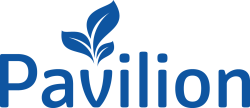
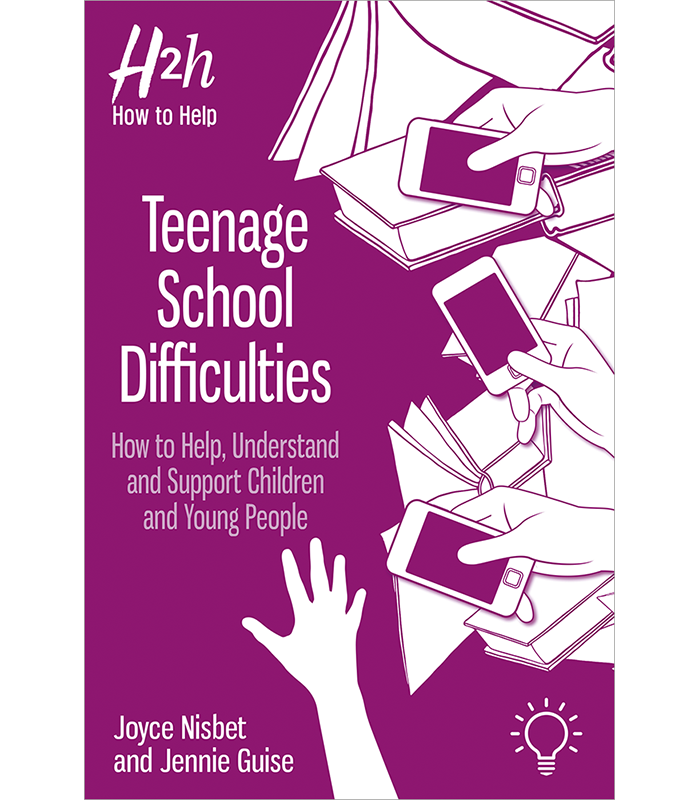
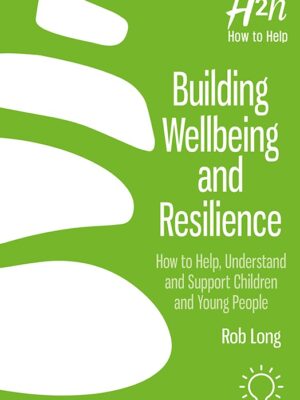
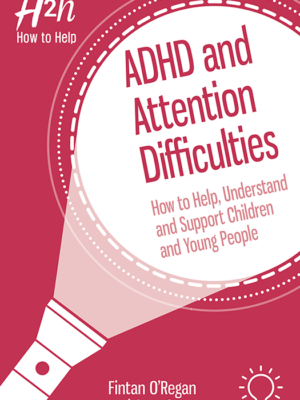
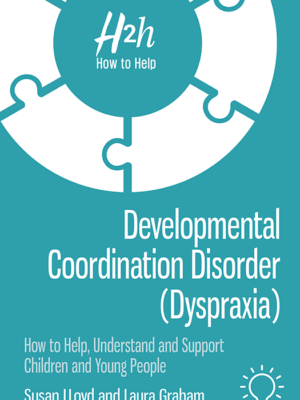
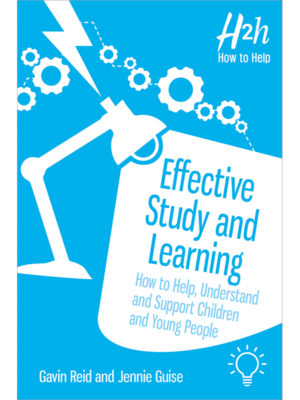
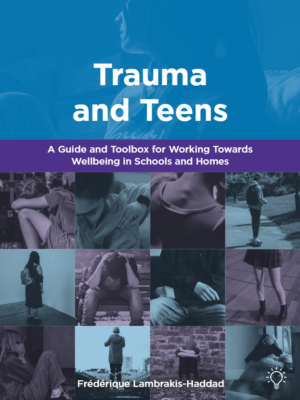
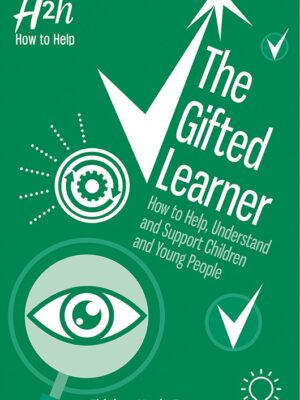
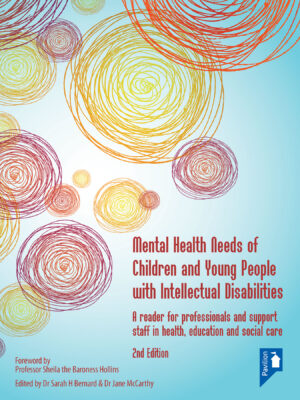
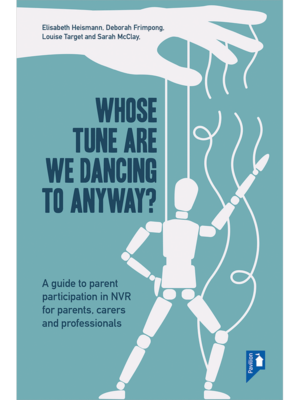
Frank Pearson, Aston Institute of Health and Neurodevelopment (Formerly the Aston Brain and MRI Centre), Development and Learning Assessment Unit (DLAU), Aston University –
This book, written by an experienced secondary classroom and pastoral care teacher, and a practitioner psychologist, describes ways of addressing a multitude of difficulties experienced by some teenagers both in and out of High Schools. The difficulties discussed include the following:
Transitions from Primary to Secondary School, disengagement, truancy and absenteeism, school refusal, personal and health issues, illness and disability, mental health, self-esteem, sexual health, eating disorders, self-harm, dependency, friendship, bullying, cyber bullying, peer pressure, the quiet victim, separation and divorce, financial problems (in the family), bereavement and loss, and young carers.
Most chapters contain two case studies which illustrate the particular difficulty experienced by teenagers, and how the school/teachers and associated professionals work together with the teenager, and their family, to address the difficulty.
The central theme/facility of the approach used by the school to address the difficulties is the Alternative Education Department/Base within the school. This has a number of teachers who liaise with guidance (pastoral) teachers and subject teachers, and teenagers are issued with a Self Referral Pass when they feel that they cannot cope, for whatever reason, with the normal timetable of lessons and activities at school at that time. Teenagers may also be referred to the Alternative Education Department/Base by the school staff.
As well as the case studies to each chapter, the particular difficulty of each chapter is discussed in terms of the aetiology and nature of the difficulty in a general sense. There
are also a number of statements given in each chapter to inform and advise parents of how to acknowledge and manage the particular difficulty in collaboration with school
staff and other professionals.
The book gives clear and definite advice on how to address and manage each difficulty by the establishment and usage of the Alternative Education Department/Base in the school, and a partnership between parents, school staff, and a variety of appropriate professionals, depending on the difficulty being addressed. It also gives voice to the teenager who is very much part of the initial discussion of the difficulty, the planning of how to address it, together with subsequent monitoring.
I found this book very informative, giving an emphasis to the importance of working as a team which includes parents, school and other professionals, together with the voice of the
teenager, that is, their understanding of the difficulty they are experiencing, and their motivation with structured support, to address and eliminate the difficulty, of whatever sort, as cited in the various chapters of the book.
Recommended: Service Library; Educational Psychologists
Style: Practical; Easy to read
Value: Worth buying for oneself